British Occupation of Bengal & Rest of India Gallery
Famous American historian and philosopher Will Durant wrote about British occupation of India when he visited India in 1930. In his book “The Case for India”, he wrote, “The British conquest of India was the invasion and destruction of a high civilization by a trading company utterly without scruple or principle, careless of art and greedy of gain, over-running with fire and sword a country temporarily disordered and helpless, bribing and murdering, annexing and stealing, and beginning their career of illegal and ‘legal’ plunder which has now gone on ruthlessly for one hundred and seventy-three years.”
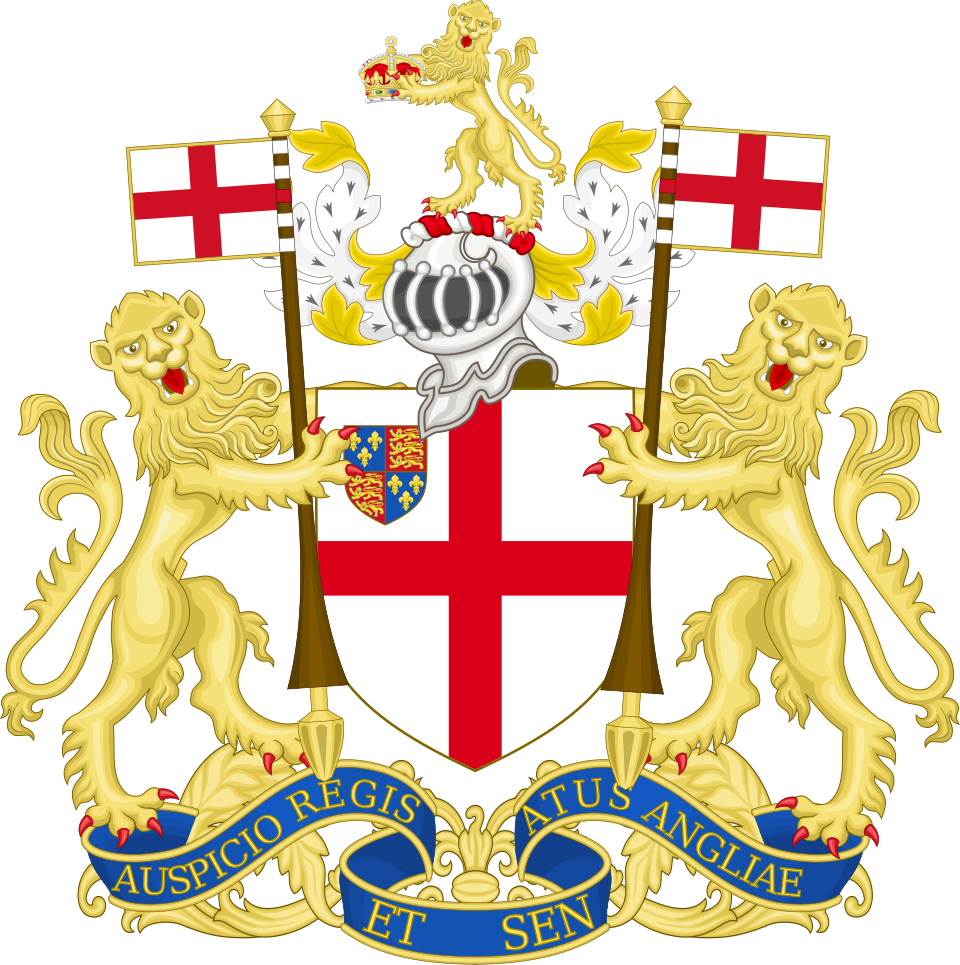
(this portrait is in public domain, collected from Wikipedia)
As per British economic historian Angus Maddison, at the begging of the eighteenth century India’s share of the world economy was 23 percent. By the time British left India, it had dropped to just 3 percent and we can understand the reason is, India was governed for the benefit of Britain. Britain’s rise for 200 years was financed by its depredations in India.
(Dr. Shashi Tharoor’s book “An Era of Darkness”)
Before the arrival of the British, Bengal region of India was a major exporter of various goods, including textiles, agricultural products and raw materials. Bengal was particularly renowned for its fine muslin and silk, which were highly sought after in international markets, particularly in Europe.
Bengal was a prominent producer of cotton and silk textiles, with Dhaka’s (presently in Bangladesh) “muslin cloth” being especially famous for its fineness. The region’s strategic location and productive agricultural lands made it a hub for both domestic and international trade.
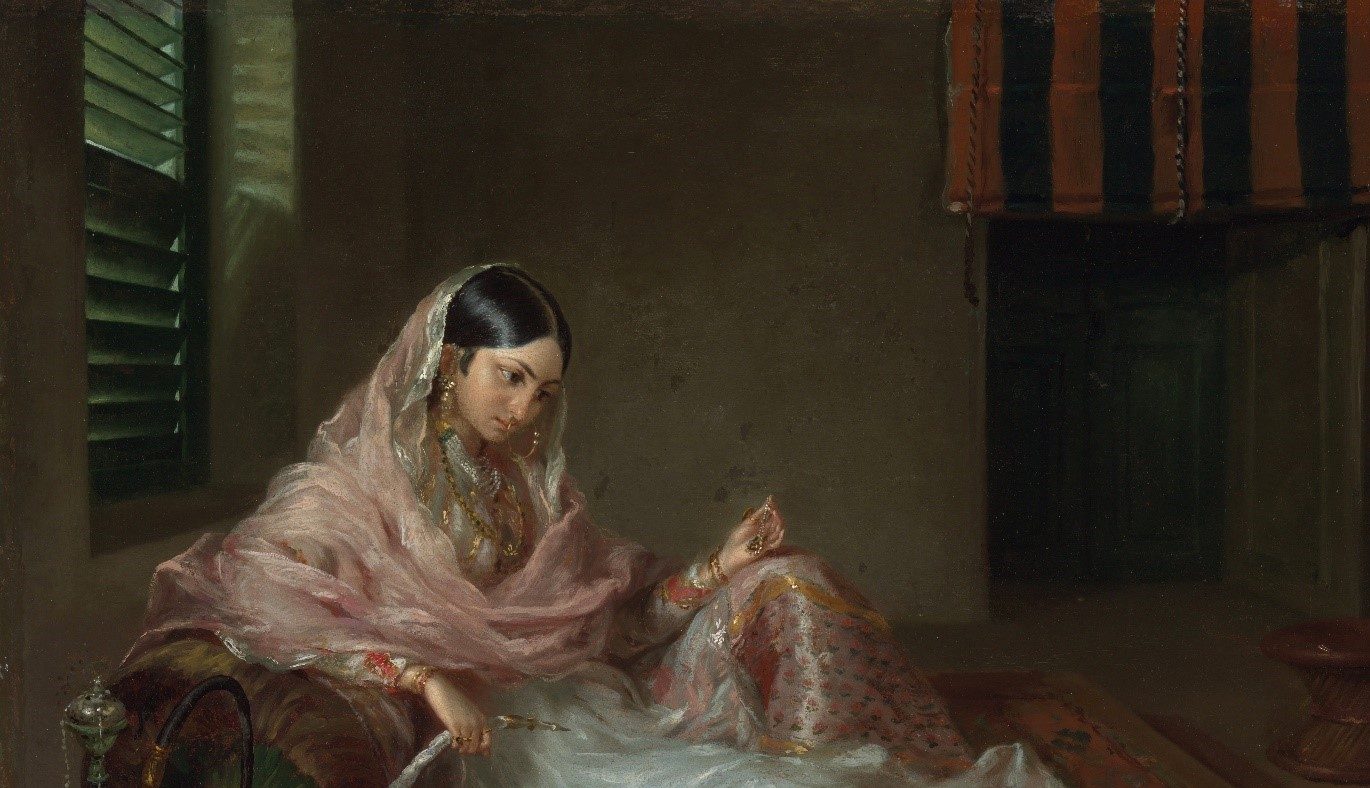
(this picture is in public domain, collected from Wikipedia)

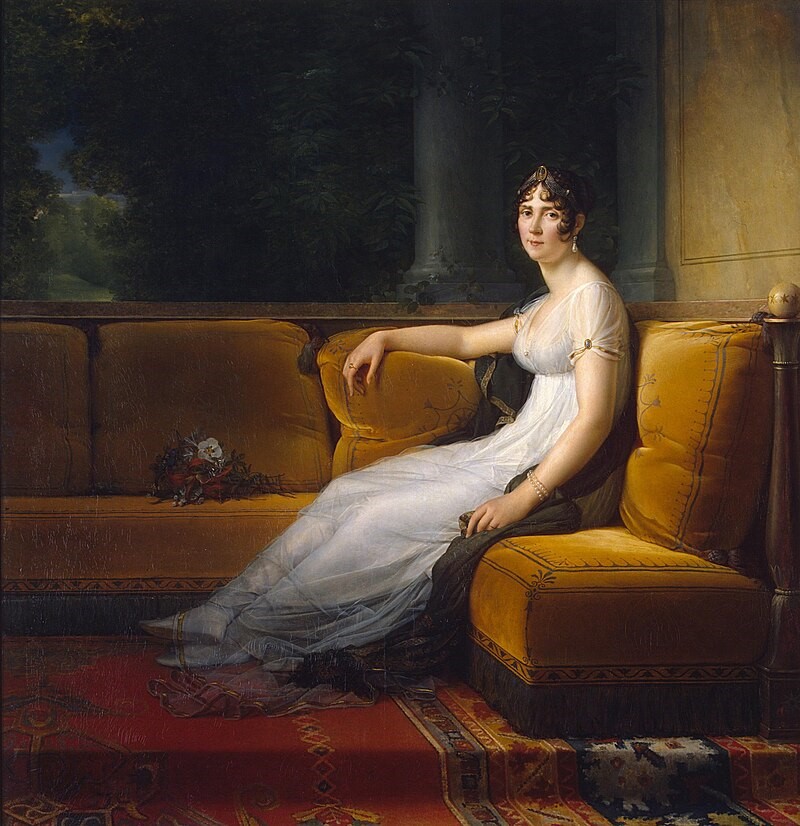
(this picture is in public domain, collected from Wikipedia)
(http://hermitage.internet.emax.ru/hermitage/html_Ru/04/2003/hm4_1_56_2.html, https://commons.wikimedia.org/w/index.php?curid=137885)
The British Empire in India began its journey with the British East India Company, formed in 1600 by a royal charter of Queen Elizabeth I. It was a joint stock company and was created to trade in the Indian Ocean region or in the Indian subcontinent, Southeast Asia and later in East Asia too. Its initial aim was to trade in silk, spices and other Indian goods, which had great demand in Europe.
Due to the unending greed of the company officials, it started interfering in political affairs, creating forts, forming its own infantry army etc. In 1757, under the command of company official Robert Clive, the company defeated Siraj-ud-Daula, the Nawab of Bengal, which was the most prosperous region in India. Nawab’s own general Mir Jafar betrayed him and helped the company to win the battle at Plassey. In 1765, a weakened Mughal Emperor Shah Alam II gave revenue collecting rights to the company for the provinces of Bengal, Bihar and Orissa (now Odisha).
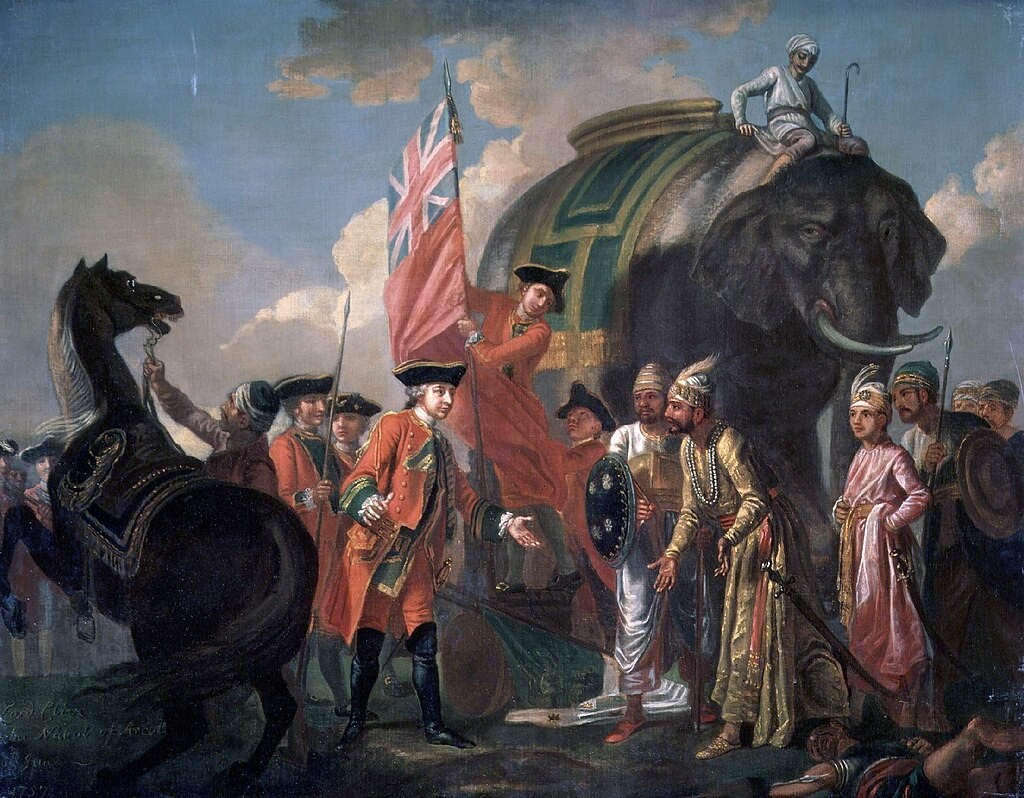
This portrait is in public domain, collected from Wikipediahttp: (www.sterlingtimes.org/memorable_images56.htm http://www.sterlingtimes.org/clive_of_india.jpg)NPG link: http://www.npg.org.uk/collections/search/portrait/mw01347/Robert-Clive and-Mir-Jafar-after-the-Battle-of-Plassey-1757Current image source, https://commons.wikimedia.org/w/index.php?curid=565912)

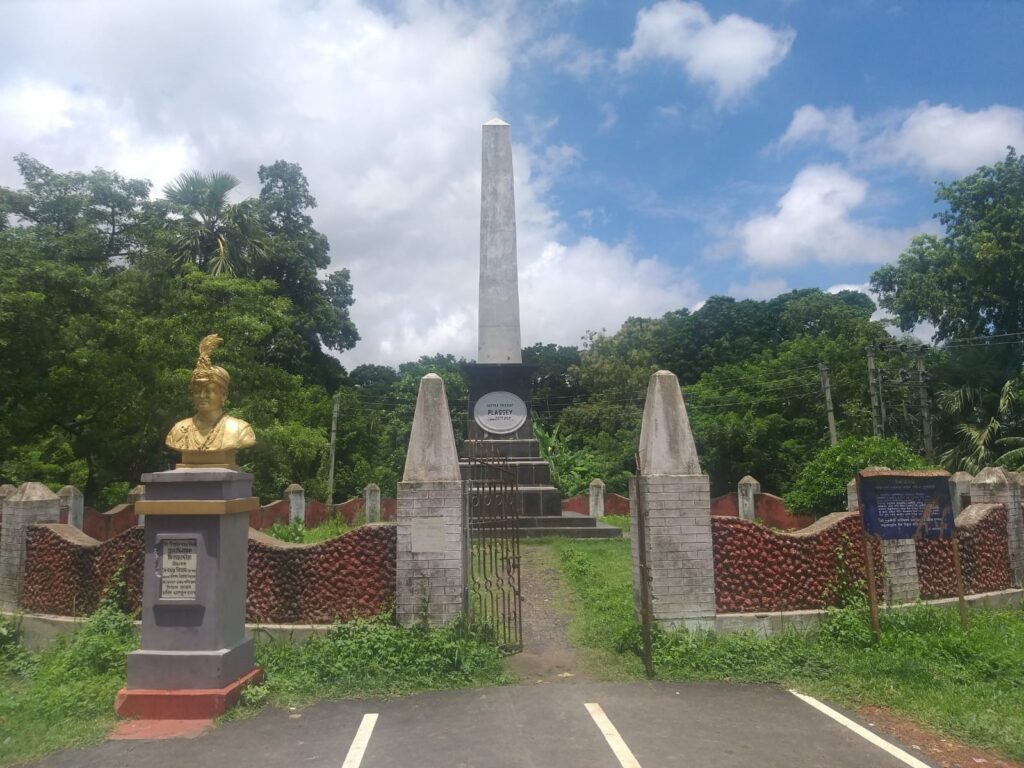
(Photographed by Md. Ashraful Islam)

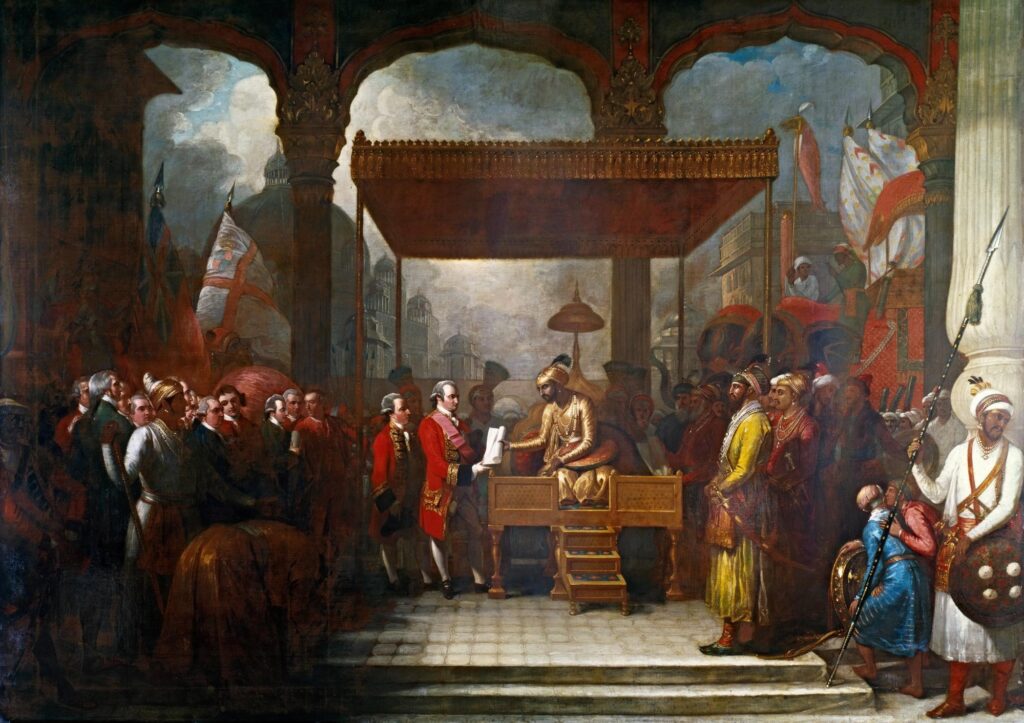
(this portrait is in public domain, collected from Wikipedia)
By 1803 the company’s army (mostly the native Indians) reached almost double the size of the British Army and with the help of this army, the East India Company captured most of the Indian Subcontinent and effectively started ruling India. In the name of good governance they started systematically looting India, which was accompanied by racial discrimination and display of fake supremacy.
The company destroyed the local crafts and industries and pushed their machine made goods. They cut the thumbs of the weavers of Bengal, who used to weave the world famous ‘muslin cloths’, making the textile exporters beggars under the company rule. East India Company forced the farmers to cultivate opium and indigo dye for trade other than cultivating food crops.
The 18th Century saw uprisings against the foreign rulers, the first of its kind was in Bengal, ‘the Sanyasi Rebellion’, where the Hindu sanyasis and Muslim fakirs fought against the well trained and heavily armed forces of the company. The Santhali tribe in Eastern India shown great resistance during 1855, known as the ‘Santhal Rebellion’. In 1859, Bengal experienced another major revolt, ‘the Indigo Revolt’ or the ‘Nil Vidroha’, by the indigo farmers against the cruel laws of the company.
All the resistance or revolts were brutally crushed by the East India Company with the use of its infantry power but the great Rebellion of 1857 or the First War for Indian Independence shook its foundations. The rebellion started from Barrackpore, near Calcutta (now Kolkata) and got its real form of a war in Meerat. This was the first organised fight led by the Indian sepoys of the company’s army joined by many native kings and queens. The queen of Jhansi, Rani Lakshmibai was one of the leading figures of the war, who gave her life fighting the British forces. With the use of heavy military power the company could ultimately won the war but it resulted the end of the rule of the company in India and the country was brought under the direct rule the British Crown.
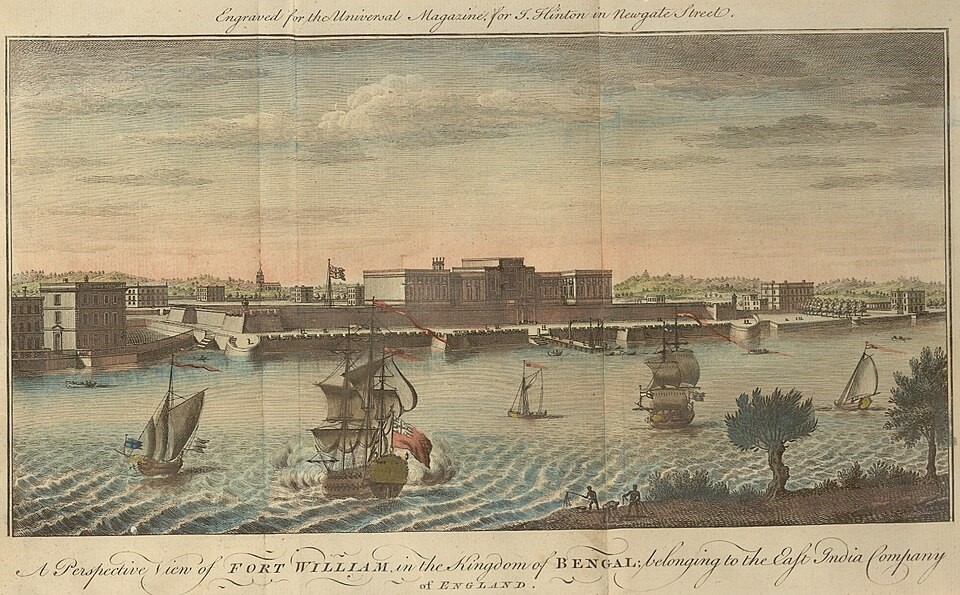
(this portrait is in public domain, collected from Wikipedia)

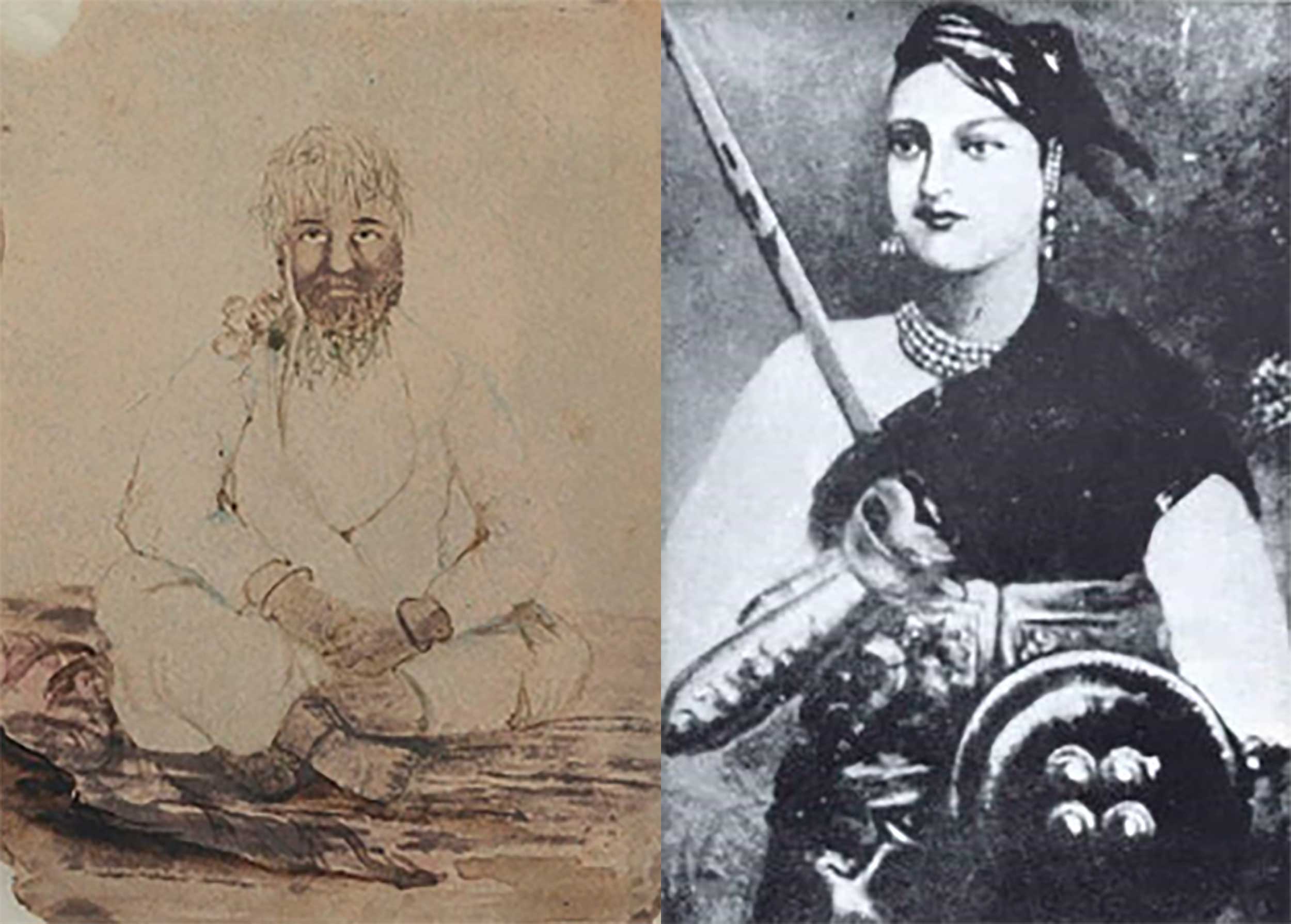
(both the portraits are in public domain, collected from Wikipedia)

Photograph showing British Queen Victoria’s proclamation in 1858, as she became the Empress of India after the end of company’s rule in India
(both the portraits are in public domain, collected from Wikipedia)


(this portrait is in public domain, collected from Wikipedia)


